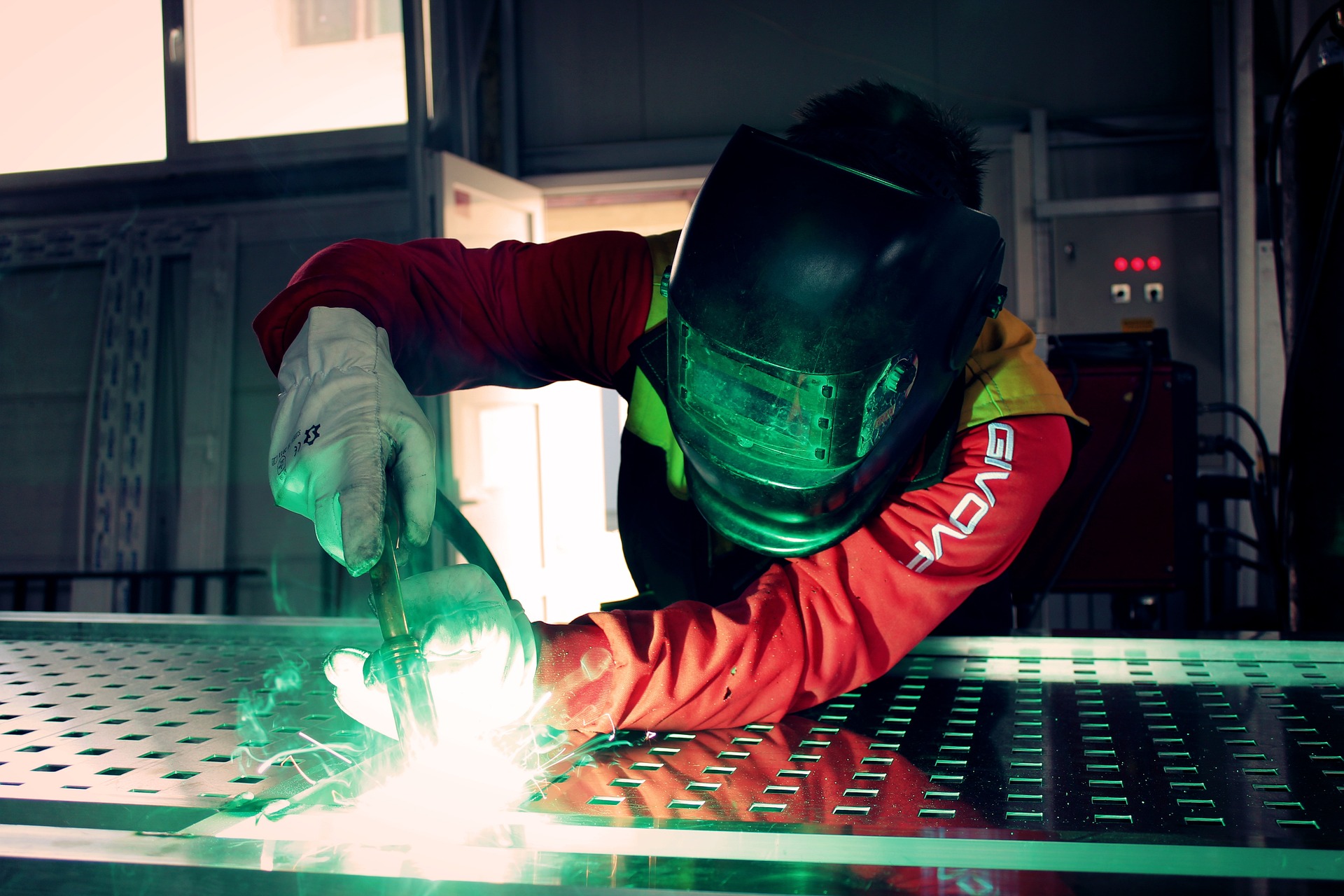Welding Jobs: Essential Safety Gear for a Successful Career
Welding is a critical skill in many industries, from construction to manufacturing. As a welder, your safety is paramount, and using the right protective equipment is essential for a long and successful career. In this article, we'll explore the key safety gear every welder needs, focusing on helmets, gloves, and steel-toed boots.

What features should you look for in a welding helmet?
A welding helmet is your first line of defense against the intense light and sparks produced during welding. Modern welding helmets come with auto-darkening lenses that adjust to the brightness of the arc, providing optimal visibility and protection. Look for helmets with adjustable shade settings, comfortable headgear, and a wide viewing area. Some advanced models even include built-in respiratory protection or cooling systems for enhanced comfort during long welding sessions.
How do you choose the right welding gloves?
Welding gloves protect your hands from heat, sparks, and sharp metal edges. The best gloves for welding are typically made from heat-resistant materials like leather or Kevlar. When selecting gloves, consider the type of welding you’ll be doing. MIG welding often requires thinner, more flexible gloves for better dexterity, while stick welding may call for thicker, more insulated gloves to protect against higher heat levels. Ensure the gloves fit well and allow for enough movement to manipulate your welding tools effectively.
Why are steel-toed boots essential for welders?
Steel-toed boots are a critical component of a welder’s safety gear. These boots protect your feet from heavy falling objects, hot metal splatter, and electrical hazards. Look for boots made from durable, fire-resistant materials with a sturdy steel toe cap. The soles should be slip-resistant to provide good traction on potentially slippery surfaces. Some welders prefer boots with metatarsal guards for additional protection of the top of the foot.
What other safety gear should welders consider?
While helmets, gloves, and steel-toed boots form the core of a welder’s safety equipment, there are other important items to consider. Flame-resistant clothing helps protect your body from sparks and heat. Respirators or filtered breathing systems are crucial for protecting your lungs from harmful fumes and particles. Ear protection is also important in noisy work environments to prevent hearing damage over time.
How much should you expect to spend on quality welding safety gear?
Investing in high-quality welding safety gear is crucial for your protection and comfort on the job. While prices can vary widely based on brand, features, and quality, it’s important to budget for reliable equipment. Here’s a comparison of typical costs for essential welding safety gear:
| Item | Entry-Level Cost | Mid-Range Cost | High-End Cost |
|---|---|---|---|
| Welding Helmet | $50 - $100 | $150 - $300 | $300 - $500+ |
| Welding Gloves | $15 - $30 | $30 - $60 | $60 - $100+ |
| Steel-Toed Boots | $70 - $120 | $120 - $200 | $200 - $300+ |
| Flame-Resistant Jacket | $50 - $100 | $100 - $200 | $200 - $300+ |
| Respirator | $30 - $60 | $60 - $150 | $150 - $300+ |
Prices, rates, or cost estimates mentioned in this article are based on the latest available information but may change over time. Independent research is advised before making financial decisions.
Welding safety gear is an essential investment for anyone pursuing a career in welding. While it may be tempting to cut costs on equipment, remember that your safety and health are priceless. High-quality gear not only provides better protection but often lasts longer, offering better value in the long run. Many employers provide or subsidize safety equipment, so it’s worth checking with potential employers about their policies.
In conclusion, prioritizing safety in welding jobs is non-negotiable. By selecting the right helmet, gloves, steel-toed boots, and other protective gear, you’re setting yourself up for a safer, more comfortable, and ultimately more successful welding career. Remember, the best welders are not just skilled at their craft but also diligent about their safety practices.






